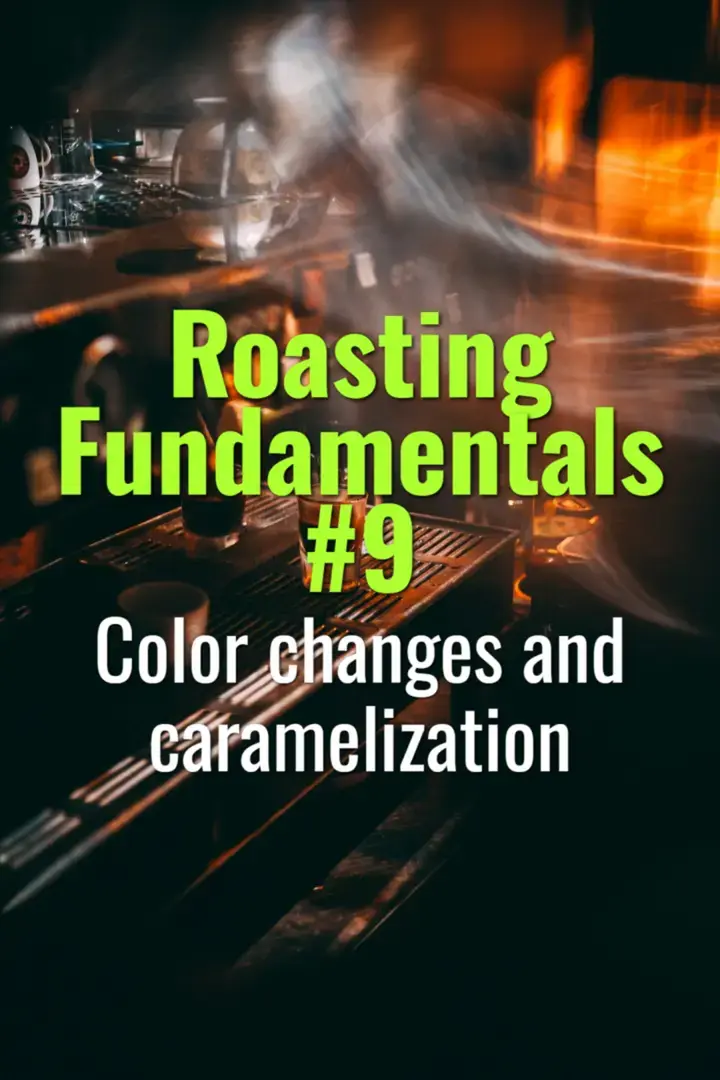Color changes and caramelization
This topic explores how coffee beans change color during roasting and the role of caramelization in flavor development.
- Coffee Basics Nerds
- 1 min read

Key Concepts
-
Color Changes:
-
Beans transition from green → yellow → light brown → medium brown → dark brown.
-
Yellowing marks the end of the drying phase and the start of Maillard reactions.
-
Color is a visual cue for roast stage monitoring and predicting flavor notes.
-
Caramelization:
-
Sugars within the bean start to break down and form complex aromatic compounds.
-
Begins around 160–180°C, overlapping with Maillard reactions.
-
Produces sweetness, body, and flavor complexity; excessive caramelization can lead to bitterness.
Practical Implications
- Monitoring color change allows roasters to anticipate first crack and development time.
- Proper caramelization enhances coffee sweetness and reduces vegetal or raw flavors.
- Visual and sensor-based cues (color probes, spectrophotometers) can increase consistency.
Tips for Roasters
- Use a color chart to compare bean surface color at key stages.
- Adjust drum speed, airflow, and heat to control caramelization rate.
- Combine visual assessment with aroma and sound cues (first crack) for optimal roast profiling.
Summary
Understanding color progression and caramelization is crucial for managing roast development and achieving desired flavor characteristics in the cup.
You might also like:
- Tags:
- Key Concepts
- Practical Implications
- Drum Speed
- Sweetness Body
- Flavor Complexity
- Maillard Reactions
- Desired Flavor
- Roast Development
- Flavor Notes
- Aromatic Compounds
- Summary Understanding
- Allows Roasters
- Roast Profiling
- Tips Roasters
- Speed Airflow
- Bitterness Practical
- Drying Phase
- Crack Development
- Body Flavor
- Heat Control